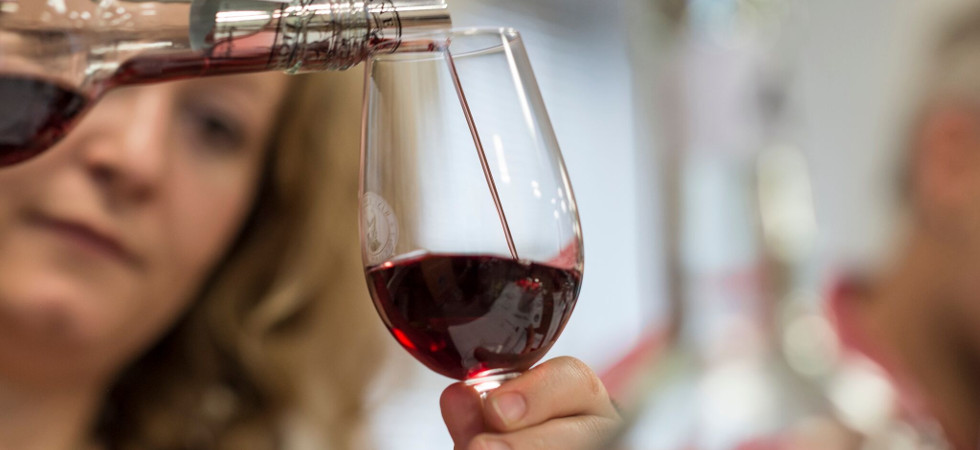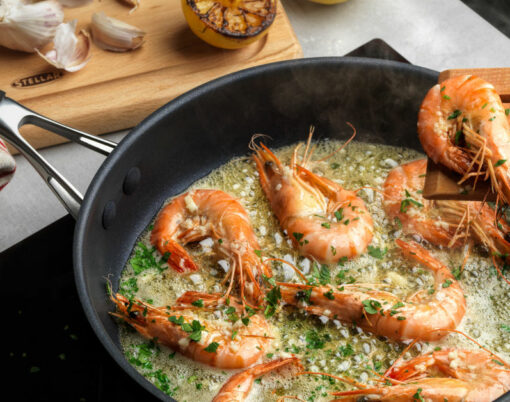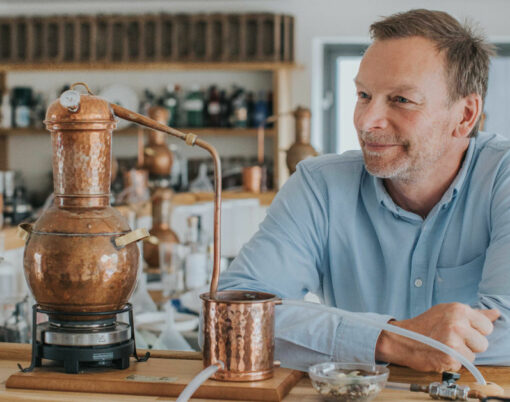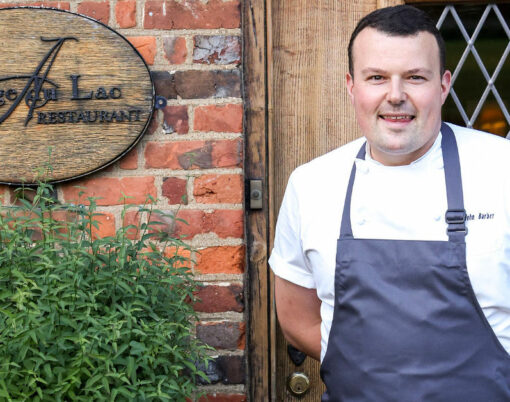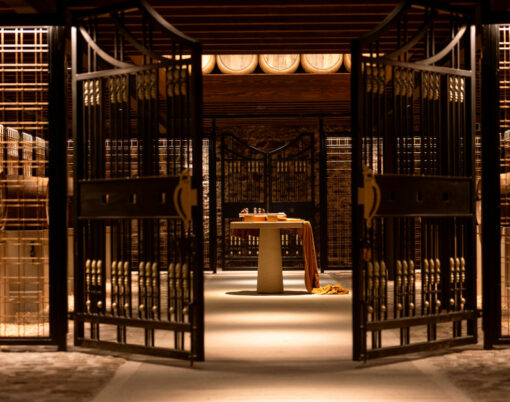Around 86% of wine in the UK is purchased at a supermarket. Most of us will choose a bottle based on the label, including the design, and the price. Knowing your labels is helpful but is it the only way to ensure a successful purchase?
I joined a wine and food pairing workshop at Leiths School of Food and Wine where wine expert, Amelia Singer, demystifies the alchemy of wine tasting and appreciation. Amelia has featured on Jamie Oliver’s Drinks Tube and has written for the chef’s website. Currently, she is a weekly contributor to digital food recipe platform Great British Chefs and is a wine expert on ITV’s The Wine Show.
There were 15 guests in the afternoon class and we were all looking forward to a four-course luncheon prepared by a Leith chef with accompanying wines chosen by Amelia in consultation with the chef.
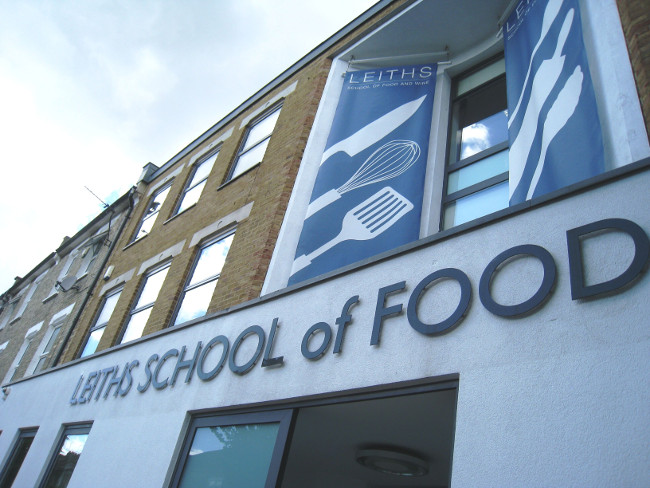
Step one: Using your nose
Around 80% of wines in the UK are purchased at a supermarket. Faced with a well stocked shelf: “If a label looks expensively designed and the wine is well marketed, it’s probably an indication that the winemaker is serious about his product, which is a good thing,” says Amelia in answer to an early question from the group.
However, as 90% of what we taste is actually smell, it stands to reason that it is not a good idea to rely solely on the label. Wine tasting begins with swirling the glass to oxygenate the wine and intensify the smell, or ‘nose’ in wine language, followed by a deep inhale. This tantalising first ‘sniff’ will alert your tastebuds to the wine’s distinctive elements. Depending upon where the grape was grown, the soil and the method of production and storage, you might detect some oak along with fruit, such as gooseberries or cherries, as well as aromatic flavours like lavender of cherry blossom.
It all depends upon an individual’s tastebuds. During the afternoon there were some intriguing differences of opinion. For instance, while one red wine smelt musty to some, with the tannins producing a dry mouth, others awarded it an all round ten out of ten.
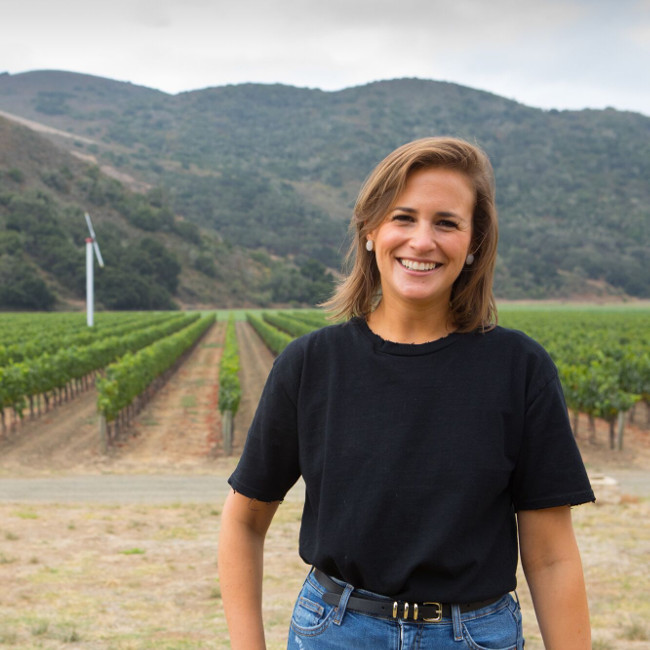
Step two: Identify the characteristics of the food
When tasting a wine, take the time to consider the wine’s components – its characteristics – on your tongue by swishing it around your mouth. “The number of tastebuds on the tongue varies from person to person and can be between 1,000 and 5,000”, Amelia says. Food can be sweet, sour, bitter and salty. Wine too has sweetness, sourness and bitterness, as well as alcohol, oak and tannin. Choosing a wine, therefore, is literally a matter of personal taste, and whether you like to complement or contrast flavours.
The menu we tried was varied in flavours and textures, offering an interesting range of flavours and textures to challenge our palates. We began with canapés of a creamy Broad Bean and Avocado Puree with Maple Bacon and Spelt and Fig Crackers, decorated with peppery pea shoots. The fish course featured a pungent dish of Cod with Wild Garlic Puree and Barbecued Asparagus, followed by a rich Boned Quail with Chorizo, Spinach and Pedro Ximinez Savue, Marcona Almonds and Red Grapes, served with warm Jersey Royals and herb butter. Dessert was a creamy, fluffy Eton Mess Cheesecake with Alpine Strawberries.
Step three: marrying the components of food and wine
Bearing in mind the strong characteristics of the food the group spent an enjoyable time matching or contrasting flavours and textures with the wines. With the first course we tasted a 100% Pinot Gris, Oranzista from Slobodné Vinárstvo, Slovakia 2017 (£28). This is an orange wine made by the natural method so it is unfiltered and a little cloudy, which I actually liked. Its distinctive citrus tone produces a sweet tartness and evokes a good Seville marmalade. It was perfect to undercut the rich Avocado puree while complementing the sweet maple syrup and would also be excellent with, say, a creamy, tangy Manchego cheese.
Accompanying the fish dish was the first of two reds, a 100% Gamay from Touraine, France, Fleur de Printemps, Domain de la Rochette 2017 (£11.75). The rich dark red wine with peppery notes held its own with the wild garlic. Amelia had chosen to chill this wine slightly, going against established practice, but it actually enhanced its cherry flavours.
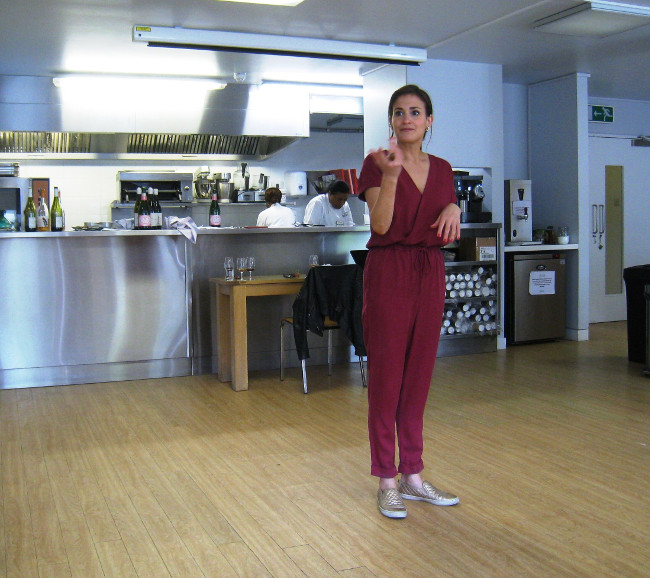
To accompany the main course we enjoyed Follow the Line, Savage, Darling, South Africa 2017 (£29). The grape is 93% Cinsault with 7% Syrah and grown on one property. As you might expect from this background it is a seriously good wine, fruity and aromatic and a very pretty red, a characteristic of a light vin gris Cinsault grape, sometimes called Poor Man’s Pinot. The richness of the wine matched the rich stuffed gamey quail for an intense flavour experience.
The final wine, served with dessert, was a Wiston Estate Rose. English winemaking is growing apace and it was good to have the opportunity to try a new one for me. According to Wine GB, sales of British wines increased by 31% between 2015 and 2017, and the UK wine industry has the potential to produce 40 million bottles by 2040. The award-winning Wiston Estate is sustainably managed by Dermot Segrue, the ex winemaker from Nyetimber. The creamy sharpness of the cheesecake was a perfect complement to the sweet bite of the sparkling wine and the floral tones enhanced the delicate Alpine fruits, as did the pale orangey-pink colour.
Amelia is an enthusiastic, knowledgeable teacher and open to ideas and discussions. Everyone in the group had the opportunity to voice their thoughts and it was interesting and useful to swop notes. Her aim is to demystify wine and eliminate wine snobbery, and ultimately empower everyone in making informed choices. During lunch she shared anecdotes about her time working at vineyards all over the world and some of her top tips.
- Bear in mind a bottle costing between £11 to £15 will deliver a wine quality of around £7 to £8, after allowing for duty.
- In a restaurant group, order three or four different wines by the glass and share them to taste before ordering a bottle.
- Amelia’s Coffee Test. If you like lattes you probably have a light palette and will enjoy a lighter wine, such as Pinot Grigio. If you need an espresso to get you started in the morning, a heavy wine like a Barolo would make a good choice.
- Once you have an idea of your palette, a good wine merchant – be it a supermarket or an independent – will be able to advise you on wines based on the type of grape or region you enjoy, your individual tastes and the food it will be accompanying.
- Many people feel they do not know much about wine and believe that paying a lot for a bottle means it will be especially good, or perhaps they want to impress. Instead, let your palette guide you and, if you are taking a bottle as a dinner party guest, choose something to complement the menu.
- Buy wine in a savvy way. One workshop guest explained he was not at an age to be concerned about putting down wine for the future, instead he preferred to buy and enjoy wine now.
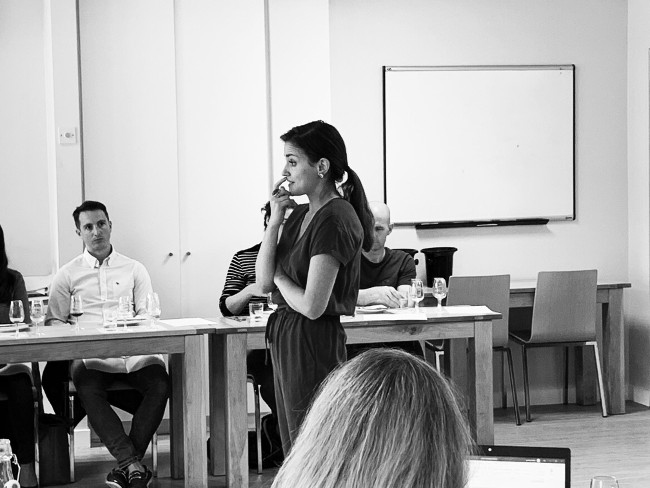
Ultimately, buying, tasting and appreciating wine is all about developing your own personal palette and applying this knowledge whatever your price range. Though it is no doubt true that the more you get to know wine, the more sophisticated your palette will become.
Almost Summer Food and Wine Pairing with Amelia Singer cost £100 per person and included a curated multi-course lunch and tutored wine pairing. Amelia’s next wine pairing workshop at Leiths will be in November 2019. Leiths School of Food and Wine was established in 1975 by Prue Leith and Caroline Waldegrave. It is now owned by Jennie Bland. Leiths provides professional training for career cooks; short courses for amateurs and provides professional training for career cooks including a WSET Level 1: Award in Wines for those new to wine study.












